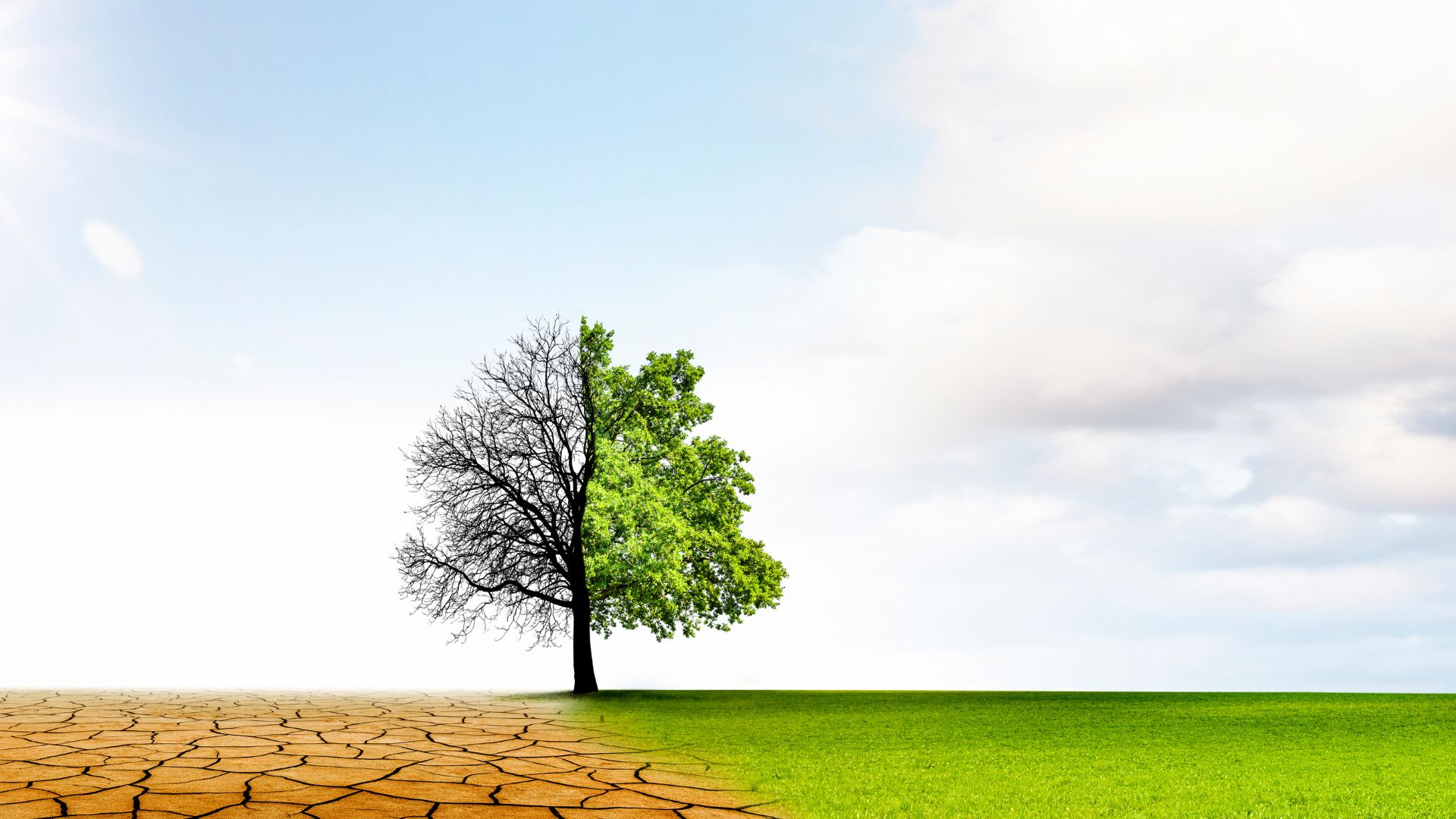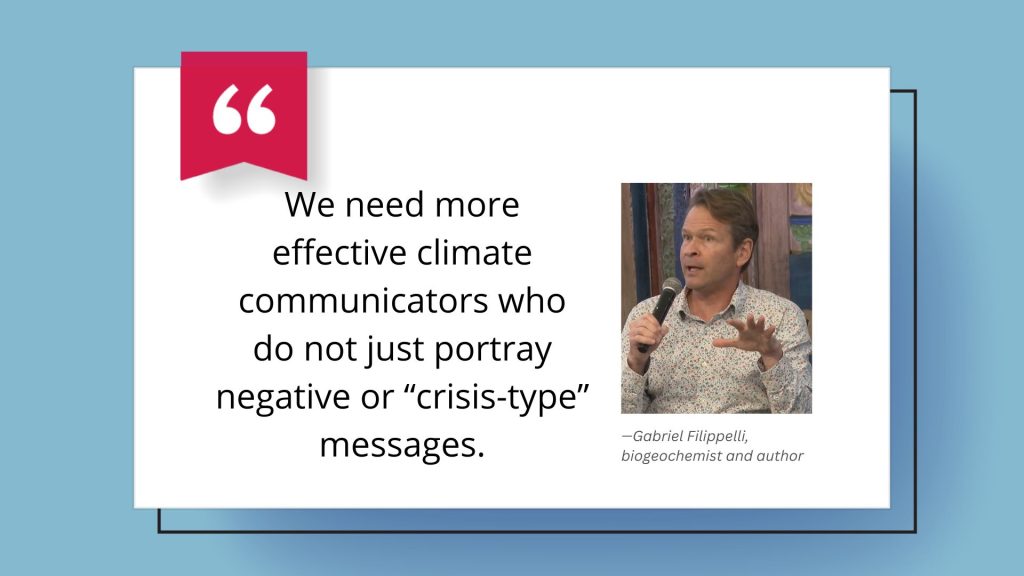Biogeochemist and author Gabriel Filippelli shared insights on driving sustainability and climate-resilient economies at a U.S. Embassy-sponsored session at the Jaipur Literature Festival.
April 2024

One challenge from climate change is the significant alternation of weather patterns and rainfall, says Gabriel Filippelli. (Photograph by by-studio/iStock/Getty Images)
Climate change took center stage at the Jaipur Literature Festival (JLF) 2024, with sessions exploring its impact on civilizations and the urgency of finding solutions. One such session, featuring biogeochemist and author Gabriel Filippelli, focused on driving the transformation toward a sustainable, fair and climate-resistant global economy. Titled “Chasing Sustainability: Policy, Industry and the Environment,” the session was sponsored by the U.S. Embassy New Delhi.
Filippelli has over 200 publications to his name, including his latest book, “Climate Change and Life,” published in 2022. He is a professor of earth sciences and executive director of the Indiana University Environmental Resilience Institute.
Excerpts from the interview.
What are some of the biggest environmental challenges in the coming decade and how can biogeochemistry address them?
Some of the greatest challenges we face in the coming decade involve climate change. To cope with it, we need to start implementing nature-based solutions that are informed by our best science and produce equitable and durable outcomes. One challenge from climate change is the significant alternation of weather patterns and rainfall—its negative impacts are hitting cities especially hard, and many of the natural responses do not currently exist in urban areas. One example is wetlands or areas that can temporarily store stormwater, thus reduce flooding. Therefore, cities should value and embrace natural spaces to help them adapt to the climate change challenges.
How can we effectively communicate the science of climate change to the public?
First, decision-makers at the municipal, state and federal levels have to value the science that we climate scientists are producing and incorporate it into their policies and implementation decisions. Second, we need more effective climate communicators who do not just portray negative or “crisis-type” messages but also lay out the real and effective current technologies and practices that can fight climate change, and inform about the available creative adaptation responses. People need more hope along with the doom that is the typical message that comes from science.

Can you share some key takeaways from your session at JLF?
Several takeaways are that policies, including agricultural ones, need to adopt climate resilience strategies, the private sector needs to be part of the climate solution and so do communities. Many practices to reduce carbon emissions, such as renewable energy, result in fewer particulate emissions and thus cleaner air, which is a big concern in this region as it strongly impacts public health.
What steps can the United States and India take together to mitigate the challenges brought on by climate change?
The technologies to reduce carbon emissions and mitigate climate change are already available. The United States serves as a good example of how a country can combine strong policy with significant funding to make a big difference. The Inflation Reduction Act of 2022 alone directs hundreds of billions of dollars toward equitable and rapid action to reduce carbon emissions, adopt climate-resilient practices and create climate-resilient communities. Climate policies were combined with resources to be the “carrot” for responsible climate action. I believe that the United States and India can further engage directly on climate issues, including researcher and university engagement, to advance science and business, and innovation engagement. This collaboration can play a pivotal role in advancing the development and implementation of climate-forward practices.
How did your experience as a senior science adviser at the U.S. Department of State inform your approach to environmental policy and international cooperation?
I was a senior science adviser in the Bureau of Oceans and International Environmental and Scientific Affairs, and my portfolio included climate policy, environmental engagement and science cooperation. Specifically, I drafted policy statements on Antarctic climate observations, expanded partnerships with international marine protected zone partners, and shepherded the interagency development of the Science Cooperation in the Arctic International Agreement under the Arctic Council, which was eventually signed into law. My experiences revealed to me that clear and genuine communication across sectors, and with stakeholders, is critical to developing and implementing sound and enduring cooperation.
Click here to sign up for the free SPAN newsletter: https://bit.ly/SubscribeSPAN
COMMENTS